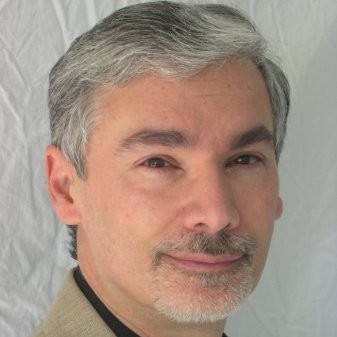 Most dentists desire a great looking, functional, and efficient dental office design. In order to have this goal you need to first establish a good foundation. Having a great vision is important but where do you begin to achieve this goal? The answer is a Programming Statement derived from a strategic planning session with your architect.
Most dentists desire a great looking, functional, and efficient dental office design. In order to have this goal you need to first establish a good foundation. Having a great vision is important but where do you begin to achieve this goal? The answer is a Programming Statement derived from a strategic planning session with your architect.
The Programming Statement is the end result of an interview process conducted with an architect who has experience in designing the unique parameters associated with a dental office. Often this specific design type is not taught in school but is developed through experience. The architect will interview the main provider’s, and sometimes key staff personnel, through a strategic planning process, to learn about the individual practice, their needs, their flow, procedures, and image. The end result is a Program Statement that identifies each room type, size, number, flow, and equipment. In addition to the net space requirements of the rooms, factors are added for circulation, walls, and if a free standing building, exterior walls. If the dental practice is located within a multi-tenant building then a building loss factor is added that results in the gross rentable number.
Written dialogue is used to describe the intangible items such as the image the practice would like to project to their staff and patients, color psychology, staff and patient flow, and if it appropriate to design with a theme. This is more of a case for a pediatric dental practice where the theme is age appropriate. It is important not to carry the theme in a direction that would offend teenagers by using an early childhood theme. A good compromise would be a neutral theme such as nature design that spans across generational lines. Other items such as capturing views, private entrances for staff, and existing features that are either important to maintain or eliminate are discussed. Another category is equipment and casework, or cabinetry. Will equipment and/or casework be relocating to the new facility or will new items be purchased? The architect will need to account for all equipment and dental cabinetry in his design along with the coordination of the support utilities for these items. This is usually provided by the dental equipment supplier, an important member of the team.
It is important to have an experienced architect involved from the beginning who has knowledge and training beyond a simple space plan. It is critical for the architect to review the space in person in order for the due diligence to take place to avoid building conflicts or code issues. Factors such as ADA, HIPAA, and building systems all affect the success, and cost, of the design and built environment. A space planner, and/or dental equipment representative are not trained to provide an overall view of the project. In some cases building dimensions, window and door locations, and structural issues would have prevented the constructability of what at first appeared to be a good floor plan. An architect has the schooling, experience, and expertise to provide design services to the public as they are licensed by the State to protect the health, safety and welfare of the public.
Once the written Program Statement is reviewed and approved by the provider it is used by the designer to organize and create the first step of the design process which is a preliminary floor plan. This is a two, and sometimes three, dimensional representation of the practice which identifies all the rooms, doors, windows, corridors and circulation. In most cases the architect has used his experience in the strategic planning process to obtain the character of the practice so that he can portray the objectives in this first design with minimal changes.
Once the preliminary floor plan is approved the project is off to a great start. The next step is to create reflected ceiling and lighting plans, cabinet and interior elevations of the space, and select the finishes. From here the engineering takes place to design the mechanical, electrical and plumbing systems.
The final product is referred to as Contract Documents because the drawings and specifications are the contract between the owner and contractor for what will be built. The end result after construction is a facility that is designed and built well that achieves all of the goals described in the Program Statement.
Scott Zanardo, AIA/AAH, NCARB, is the president of Zanardo Architects, PC, a full services architectural firm specializing in dental office design for over 25 years. He can be reached at 770.806.1031, or email at szanardo@zanardopc.com.

